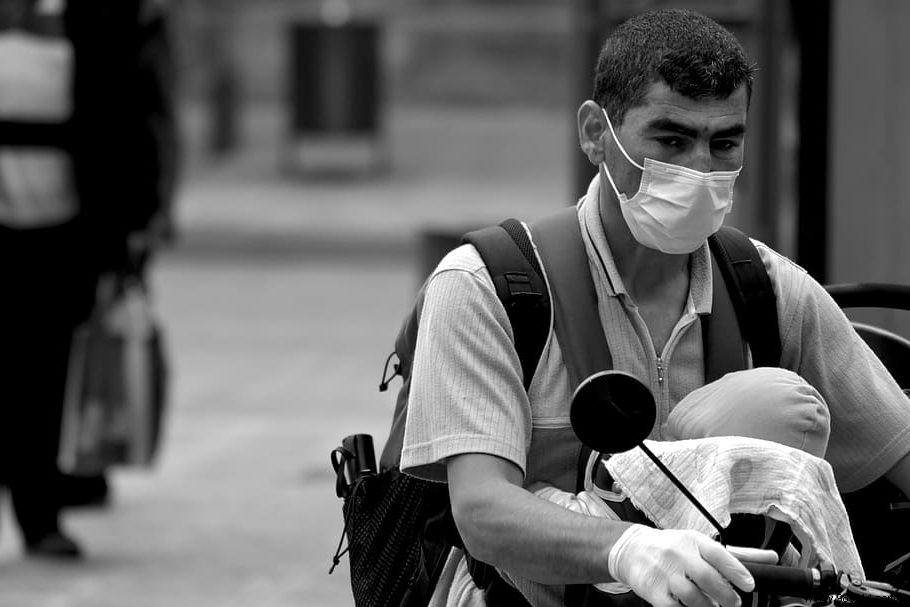Hong Kong researchers recently conducted tests on hamsters. The goal? Prove that protective masks are effective against the spread of Covid-19 within the population. This study is among the first to attempt to understand whether or not masks can prevent symptomatic or asymptomatic wearers from infecting others.
Not long ago, in the United Kingdom, wearing a mask was at the heart of a controversy. A report by the Royal Society deems wearing a mask beneficial by the whole population. According to the authors of the publication, the use of the mask could reduce transmission by asymptomatic and pre-symptomatic carriers. For critics, generalizing the wearing of masks could have negative effects on people's behavior. The risk would be linked to laxity in barrier gestures (distancing, hygiene).
Also, there is some debate regarding the type of mask worn. Let us recall in passing the controversy linked to the remarks of the pulmonologist Bertrand Dautzenberg in mid-April. If it is obviously preferable to wear an FFP2 mask or a surgical mask, homemade masks for the general public can also – to a lesser degree – reduce the dispersal of contaminated droplets.
As Hong Kong newspaper South China Morning Post explains this May 17, 2020, a study has just proven the effectiveness of surgical masks. Yuen Kwok-yung and his team from the University of Hong Kong conducted an experiment on about fifty hamsters . After setting up the cages in an isolated environment, the researchers placed the cages containing an infected hamster near those containing three healthy hamsters. The study leaders also placed a ventilator to ensure the transmission of Covid-19. Initially, the infection rate was 66.7%.

Then the same experiment was replicated with a barrier made of surgical mask between each cage. As a result, the infection rate fell to 15% if the barriers were located on the cages of the infected animals. This same rate was 35% if the barriers were placed on the cages of healthy hamsters.
For Yuen Kwok-yung, the effectiveness of surgical masks is now well established. In addition, the optimization of their efficiency is effective if infected people wear them. However, among the infected are asymptomatic people, who precisely pose problems in terms of their detection.